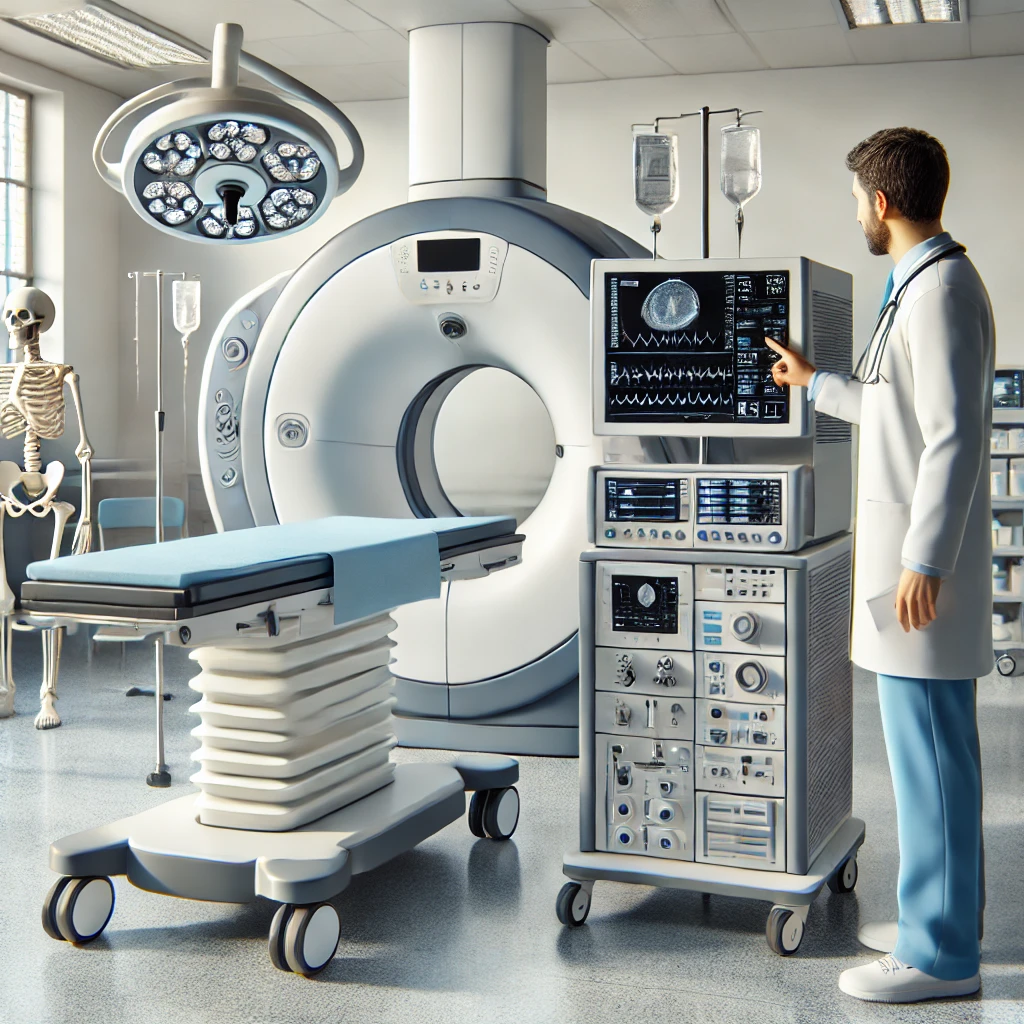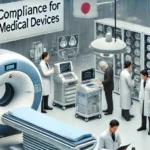

Refurbished Medical Equipment: A Cost-Effective Solution for Modern Healthcare
Introduction
In the ever-evolving healthcare industry, hospitals, clinics, and medical institutions face the constant challenge of balancing quality patient care with financial sustainability. Medical equipment, which plays a crucial role in diagnostics, treatment, and patient monitoring, represents a significant investment. However, with the rising costs of healthcare and technological advancements, many institutions are turning to refurbished medical equipment as a viable and cost-effective alternative. This article explores the benefits, challenges, and considerations associated with refurbished medical equipment and its impact on modern healthcare.
Understanding Refurbished Medical Equipment
Refurbished medical equipment refers to previously owned devices that have undergone rigorous testing, repair, and reconditioning to meet manufacturer and regulatory standards. These devices may include imaging systems, surgical instruments, patient monitors, and laboratory equipment. The refurbishment process typically involves:
- Inspection and Diagnosis – Identifying any defects or wear and tear.
- Repair and Replacement – Fixing or replacing faulty components.
- Calibration and Testing – Ensuring accuracy and compliance with industry standards.
- Aesthetic Restoration – Cleaning and repainting to restore the equipment’s appearance.
- Certification and Quality Assurance – Ensuring the equipment meets safety and performance standards before resale.
Advantages of Refurbished Medical Equipment
1. Cost Savings
One of the primary reasons healthcare facilities opt for refurbished equipment is the significant cost savings. Refurbished devices can be up to 30-70% cheaper than new ones, allowing institutions to allocate funds to other critical areas such as staffing, patient care, and research.
2. Quality and Reliability
Contrary to misconceptions, high-quality refurbished medical equipment performs comparably to new devices. Reputable vendors follow strict refurbishment protocols, ensuring that the equipment meets or exceeds original manufacturer specifications.
3. Environmental Sustainability
Refurbishing and reusing medical equipment contribute to reducing electronic waste and environmental pollution. By extending the lifecycle of medical devices, healthcare institutions play a role in promoting sustainable practices.
4. Faster Availability
The procurement process for new medical equipment can be time-consuming due to manufacturing lead times and supply chain constraints. Refurbished equipment is often readily available, allowing healthcare providers to quickly acquire essential devices.
5. Access to Advanced Technology
With rapid advancements in medical technology, newer models are frequently introduced. By purchasing refurbished equipment, healthcare facilities can afford advanced technology that may have been financially out of reach if purchased new.
Challenges and Considerations
Despite its advantages, investing in refurbished medical equipment requires careful consideration of several factors to ensure optimal performance and patient safety.
1. Vendor Credibility and Certification
Not all refurbishment processes adhere to industry standards. Healthcare institutions must source equipment from reputable vendors who provide certification, warranties, and post-sale support.
2. Regulatory Compliance
Different countries and regions have regulations governing the use of refurbished medical equipment. It is essential to ensure compliance with local health authorities and certification requirements.
3. Limited Warranty and Support
While refurbished equipment is generally reliable, warranties and support services may be limited compared to new devices. Institutions should negotiate warranty terms and assess the availability of spare parts.
4. Compatibility and Integration
Healthcare facilities should evaluate whether the refurbished equipment is compatible with their existing systems and infrastructure to avoid integration issues.
5. Future-Proofing Investments
Technology evolves rapidly, and healthcare providers must consider the longevity and upgrade potential of refurbished devices to avoid premature obsolescence.
The Future of Refurbished Medical Equipment
The demand for refurbished medical equipment is expected to grow as healthcare institutions seek cost-effective solutions without compromising quality. Manufacturers and third-party refurbishers are continuously improving their processes to enhance the reliability and safety of these devices. Additionally, global initiatives promoting circular economies and sustainable healthcare practices are encouraging the adoption of refurbished equipment.
Conclusion
Refurbished medical equipment presents a practical and economical alternative for healthcare facilities striving to balance quality patient care with budgetary constraints. By choosing high-quality refurbished devices from trusted vendors, institutions can access advanced technology, reduce costs, and contribute to environmental sustainability. As the healthcare industry continues to evolve, refurbished medical equipment will play an increasingly vital role in ensuring efficient and accessible medical services worldwide.
Add a comment Cancel reply
Related posts


Regulatory Compliance for Refurbished Medical Devices

New vs. Refurbished Medical Devices: Making the Decision

Refurbished Surgical Instruments from Japan: Precision, Quality, and Value
Japan Address
COMFYS JAPAN LLC, R Cube Aoyama 3rd Floor, 1-3-1 Kita-Aoyama, Minato-ku, Tokyo 107-0061,Japan
Africa Address
Comfys International Limited KP Offices, Suite 26 Milimani, Nairobi, KENYA




